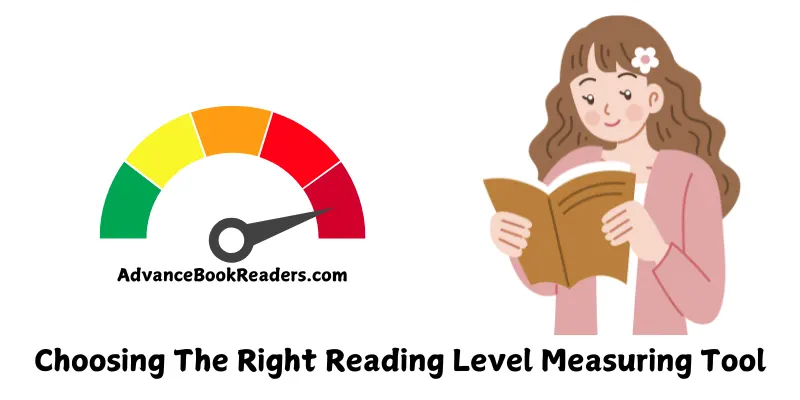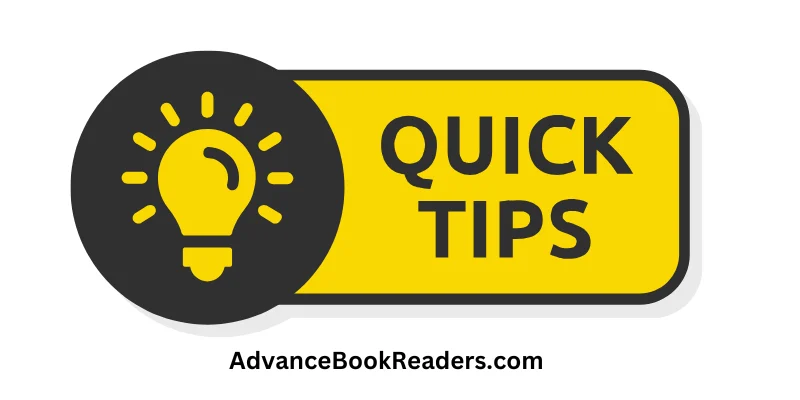Kumon Reading Levels: A Complete Guide for Parents
Updated: 07 Jul 2025
240
If you’re a parent thinking about enrolling your child in Kumon, you’re probably wondering: What exactly are Kumon reading levels? Do they match school grades? Will it help my child become a better reader?
Kumon is a popular after-school program used by millions of students around the world. It’s known for building strong math and reading skills through daily worksheets. But unlike school systems that use grade levels, Kumon has its own way of measuring progress — and it can be confusing at first.
That’s where this guide comes in.
In this post, we’ll break down everything you need to know about Kumon reading levels. We’ll explain how the levels work, what skills your child will learn at each stage, and how Kumon tracks progress. We’ll also share tips for parents and help you decide if Kumon is the right fit for your child’s reading journey.
Let’s dive in and make sense of this unique system — one level at a time.
What Are Kumon Reading Levels?
Kumon reading levels are part of a step-by-step learning system that helps students build strong reading and comprehension skills over time.

Unlike school grades (like Grade 3 or 5th grade), Kumon uses letter-based levels. These range from Level 7A (for pre-readers) all the way up to Level L and beyond (for high school students). Each level focuses on specific skills — from learning the alphabet and sounds to reading full novels and analyzing ideas.
Here’s the key idea: Kumon doesn’t place students based on their age or school grade. Instead, it places them at a level where they can study comfortably and independently. This is called the “just-right level.” The goal is to help your child build confidence before moving on to harder tasks.
Every level builds on the one before it. So even if your child starts below grade level, they’ll catch up and move ahead — step by step.
Kumon reading covers more than just reading words. It teaches:
- Phonics
- Vocabulary
- Grammar
- Sentence structure
- Reading comprehension
- Critical thinking
Think of Kumon reading levels like a ladder. Each step helps your child climb higher — at their own pace.
How Are Students Placed in Kumon Reading Levels?
Kumon doesn’t guess where your child should start. Instead, they begin with a placement test.

This test helps the instructor understand:
- Your child’s current reading ability
- Their understanding of vocabulary and grammar
- How well they follow written instructions
- Their reading fluency and comprehension level
Once the test is done, Kumon chooses a “just-right” level — one that matches your child’s skill, not their age or grade. This is important. If the work is too hard, your child might feel frustrated. If it’s too easy, they might get bored. But the just-right level helps them feel confident and keeps them moving forward.
For example:
- A second grader may start at Level A, reviewing basic reading and sentence structure.
- A fifth grader might begin at Level D or E, focusing on reading paragraphs, summaries, and basic story analysis.
Kumon believes in starting small and growing strong. Even if a child begins at an easier level, they quickly pick up speed. This helps them build:
- Good habits
- Focus and discipline
- Reading confidence
Kumon instructors adjust the worksheets based on your child’s progress. They also check if your child is ready to move up. There’s no rush. Every child learns at their own pace.
👉 Bottom line: The placement test is all about setting your child up for success — not stress.
Full List of Kumon Reading Levels and What They Teach
Here’s a simplified breakdown of the Kumon Reading Level Chart, from pre-readers to advanced readers:
| Level | Focus Area | Skills Covered |
|---|---|---|
| 7A | Pre-reading | Listening to sounds, picture-word association |
| 6A | Sounds & Words | Identifying letters, reading aloud simple words |
| 5A | Vocabulary | Naming objects, tracing words, learning basic vocabulary |
| 4A | Word Reading | Sight words, short sentences, reading practice |
| 3A | Sentence Reading | Understanding simple sentence structure |
| 2A | Reading & Meaning | Basic grammar, reading comprehension |
| A | Grammar & Story Reading | Connecting sentences, story logic |
| B | Paragraph Reading | Reading fluency, main idea recognition |
| C | Short Passages | Inference, reading tone, sentence patterns |
| D | Fiction & Nonfiction | Summarizing, comparing content, vocabulary building |
| E | Comprehension | Drawing conclusions, understanding deeper meaning |
| F | Complex Stories | Reading full stories, story elements, transitions |
| G | Essays & Arguments | Analyzing text, identifying tone, logical flow |
| H | Literary Analysis | Theme, author’s intent, interpreting ideas |
| I–L+ | Advanced Texts | Full novels, essays, abstract thinking, critical reading |
📌 Note: Level letters don’t match school grades exactly. For example, Level C might align with late Grade 2 or early Grade 3.
This chart shows how Kumon moves your child from simple reading to deep thinking. Each level builds on the last, helping your child:
- Read faster and smoother
- Understand what they read
- Explain their thoughts clearly
With time and daily practice, Kumon students often reach levels above their school grade — sometimes years ahead!
How to Choose the Right Kumon Reading Level for Your Child
Choosing the right level in Kumon isn’t something parents have to figure out alone — Kumon has a system for that. But it’s still helpful for parents to understand how it works and what to expect.

Take the Placement Test First
Every new Kumon student starts with a free placement test. It checks:
- Your child’s current reading skills
- Vocabulary understanding
- Comprehension ability
- Focus and stamina
This helps the instructor place your child at a level where they can:
✅ Succeed easily
✅ Build confidence
✅ Learn steadily without stress
Age or Grade Doesn’t Decide the Level
This is very different from school. At Kumon:
It all depends on what your child can do, not how old they are. This helps every child move at their own pace.
Look for These Signs
After a few weeks, check if the Kumon level is a good fit:
- Your child feels confident and calm
- Worksheets are challenging but doable
- They can complete work without much help
If your child is struggling or getting bored, talk to the Kumon instructor. They can adjust the level up or down if needed.
Tip for Parents:
Ask your child questions like:

- “What did you read today?”
- “Was it easy or hard?”
- “Can you tell me the story in your own words?”
This helps you track progress and stay involved.
👉 Bottom line: Let the placement test guide you, but always stay in touch with your child’s feelings and progress.
Kumon vs. Other Reading Programs: What Makes Kumon Different?
Kumon isn’t the only reading program out there, but it has some features that stand out.
Kumon Reading vs. School Programs
| Feature | Kumon Reading | Typical School Program |
|---|---|---|
| Custom start level | Based on placement test | Based on age/grade |
| Daily practice | Yes (short daily work) | Often 2–3 times per week |
| Individual pacing | Fully personalized | One pace for entire class |
| Critical thinking | Emphasized early | Introduced later |
| Parent involvement | High (daily support) | Moderate |
Kumon vs. Popular Apps (like ABCmouse or Hooked on Phonics)
- Kumon is worksheet-based, not screen-based
- Self-learning focus — kids learn to read on their own
- Long-term structure — it’s not a quick fix
Apps may seem fun at first, but Kumon builds habits that last.
Real-Life Example
Let’s say your child uses a fun app and learns 10 new words. That’s great! But in Kumon, they’ll review those words, write them, read them in sentences, and use them in stories — all in one level.
This deep repetition is what builds true understanding.
Long-Term Benefits
Kumon doesn’t just help kids read faster. It helps them:
- Build reading comprehension
- Understand story structure
- Think more clearly and logically
- Become independent learners
👉 Bottom line: Kumon is more than reading practice — it’s a structured system that builds lasting learning habits.
How to Track Progress in the Kumon Reading Program
Once your child starts Kumon, it’s important to know how they’re doing. Kumon uses a mix of worksheets, feedback, and instructor reviews to help you track their growth.
Daily Worksheets as Progress Markers
Each worksheet is:
- Numbered by level and page (like 3A-051)
- Designed to build slowly, step-by-step
- Meant to be completed independently
If your child is moving through these steadily — without skipping or excessive help — they’re progressing well.
Weekly Folder Review
You can:
- Check completion time
- See how many corrections were needed
- Track consistency and focus
Most Kumon centers provide weekly folders or digital updates for parents. These show where your child stands and what’s coming next.
Instructor Assessments
Instructors check:
- Reading fluency
- Comprehension skills
- Ability to answer open-ended questions
They’ll let you know if your child is ready to level up or needs more review. Some centers even offer informal reading tests during sessions.
Tip:
Ask your child:
- “Can you explain what you read?”
- “What did you like about the story?”
- “What new words did you learn?”
This helps you measure understanding, not just completion.
👉 Bottom line: Progress in Kumon isn’t just about moving fast — it’s about building skills that last. Watch for confidence, fluency, and independence.
Conclusion: Is Kumon Reading Right for Your Child?
If you’re looking for a program that builds strong, independent readers — Kumon is worth considering.
With its:
- Personalized start levels
- Clear structure
- Step-by-step worksheet system
- Daily reading habits
…it helps kids of all levels improve, whether they’re struggling or already ahead.
Kumon’s reading levels may look confusing at first, but once you understand the system, it becomes easy to track your child’s progress and growth.
Unlike many other programs that focus only on short-term results, Kumon takes the long view — aiming to make your child a lifelong learner.
So, whether your child is in preschool or middle school, Kumon’s reading levels offer a structured path to better comprehension, vocabulary, and reading fluency.
📌 Final tip: Trust the placement test, stay consistent, and celebrate every small win. With time and effort, Kumon can unlock your child’s full reading potential.
FAQs About Kumon Reading Levels
Q1: What age is best to start Kumon Reading?
Kids as young as 3 years old can begin Kumon with Level 7A. There’s no upper age limit — even middle schoolers can benefit.
Q2: How do I know if my child is ready to move to the next level?
The Kumon instructor tracks fluency, comprehension, and accuracy. They’ll guide when it’s time to move up.
Q3: Are Kumon reading levels the same as school grade levels?
No. Kumon levels are skill-based, not grade-based. Your child may start below or above their school grade level.
Q4: How long does it take to finish a level?
Most levels take 2 to 6 months, depending on how many worksheets your child does each day and how often they need review.
Q5: What if my child finds Kumon too easy or too hard?
Talk to the instructor. Kumon is flexible — they can adjust the level to match your child’s needs.
Please Write Your Comments